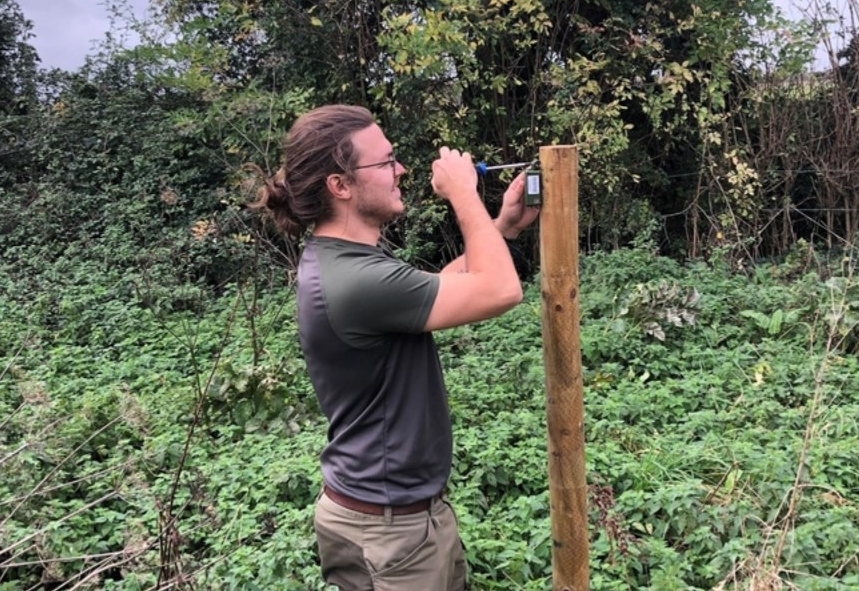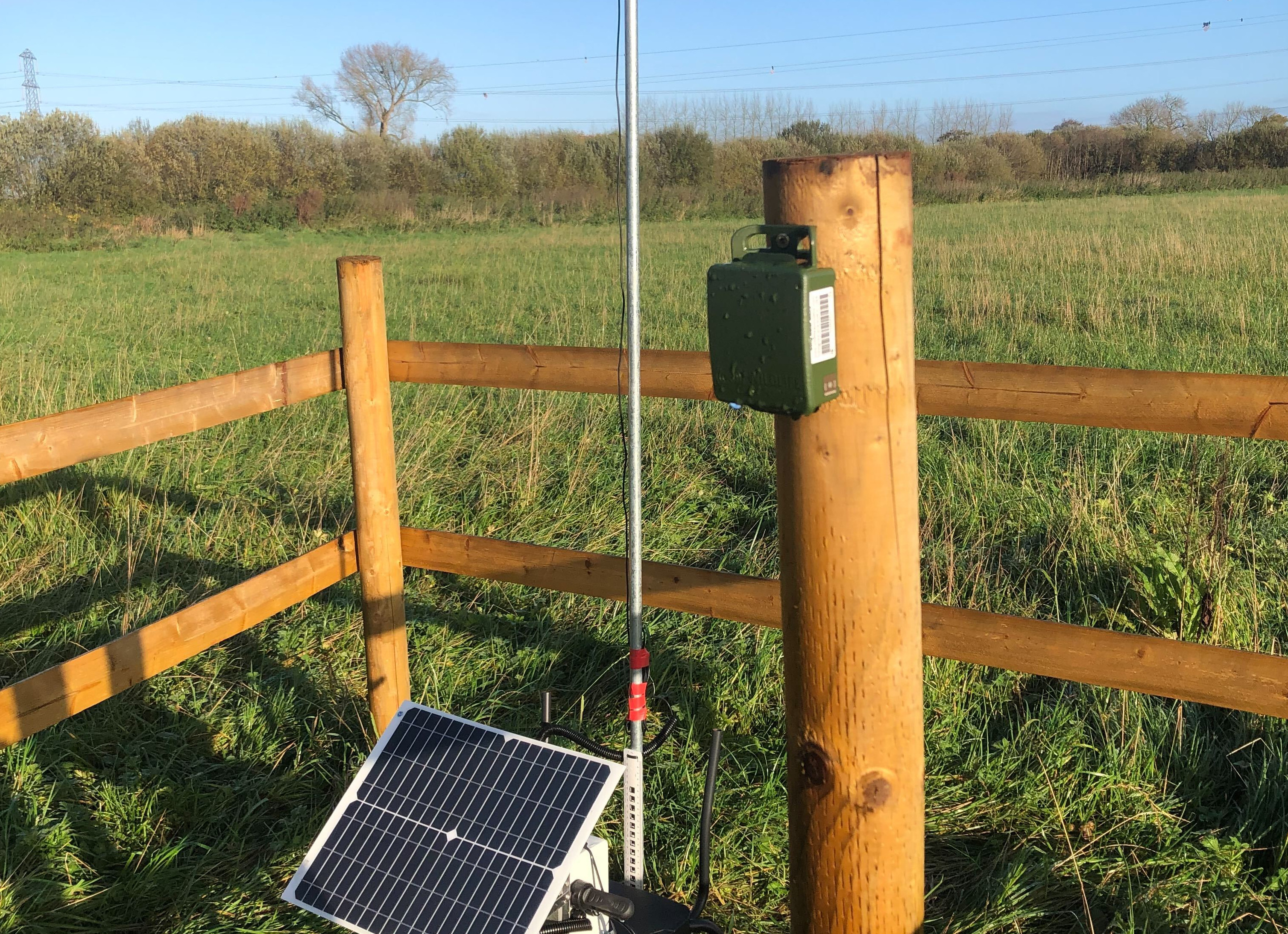
Understanding Biodiversity Change in the Somerset Levels
Dec 13, 2022, Geoff Carss
The Somerset Wildlife Trust took control of Honeygar Farm in 2021 located in the Somerset Levels with the aim of reducing the release of CO2 from drying peat and restoring the natural ecosystem. The project will showcase novel techniques for measuring the current baseline of CO2 release, water levels and quality, as well as groundbreaking approaches to natural rewilding land management.
A core goal of their ambitious project is to establish confidence and trust on the positive effects of rewilding by driving their land management decision through an evidence based analysis. The project is expected to last for an extended period of time (well over a year) and this provides a unique opportunity to truly assess biodiversity change.
In order to achieve its ambitious goals, Wildlife Trust will be using bioacoustic monitoring across the site and has partnered with Wilder Sensing in order to lead this effort. Wilder Sensing will contribute to the data collection and perform the analysis of the vast amount of bioacoustics recording that will be generated during the project. Wilder Sensing is using advanced Machine Learning techniques and Data analytics in order to identify the bird species present on the site, their behavioural pattern and population estimates.

So far, a total of four Song Meter Micro sensors from Wildlife Acoustics were deployed on deep peat meadows as it is commonly found on the Somerset Levels. An additional two sensors were deployed near stands of mature oak trees. For a site of 81 hectares including both meadow undergoing rewilding projects as well as the existing woodland, the sensor coverage should provide a very detailed overview of the bird species across the various ecosystems within the site.
In regards to the collaboration with the Somerset Wildlife Trust, Wilder Sensing CEO, Geoff Carss has commented:
We are extremely excited to be part of this amazing story! And we are very thankful to the Wildlife Trust for partnering with us.
By employing Machine Learning we can analyze the audio data at scale, and we have already started investigating the first datasets. Early results suggest we are finding species which are hard to visually identify, such as the Short-Toed Treecreeper, but their unique calls make it very easy to detect them with high confidence
Lots to do to develop Wilder Sensing! But over the coming months we aim to publish a number of case studies on a number of sites.